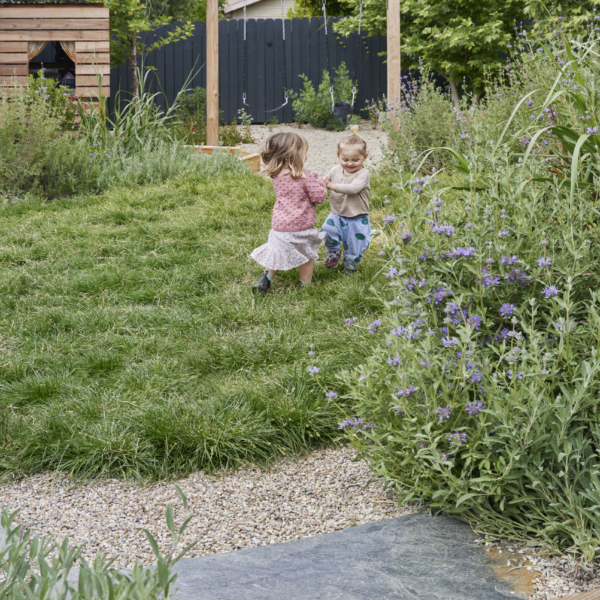If I could have every seed in the world, I would. But I know that when it comes to seeds, less is more. The key is knowing what you can actually grow, what you truly want to grow, and managing your expectations. Here are the nitty-gritty details about buying seeds for gardening.
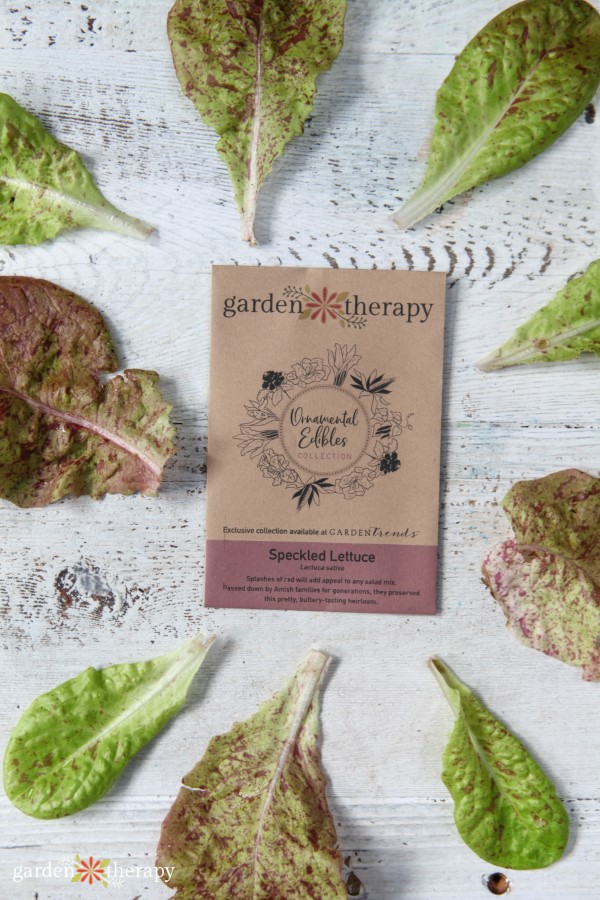
Reading a seed packet can be like reading a whole other language when you first begin. Gardening has a TON of jargon and specialty terms that can make getting started a little daunting.
And I’ve been there! I didn’t grow up gardening, so it was a steep learning curve when I began my gardening journey.
We’re in the midst of seed starting season, and I wanted to go back to the basics. I’ve had people ask me things like how you pick what to plant (especially when you want to grow everything!) and what all the information on the back of a seed packet even means.
I’m going to explain it all, so sit back and let’s talk about what you need to know about buying seeds for gardening.
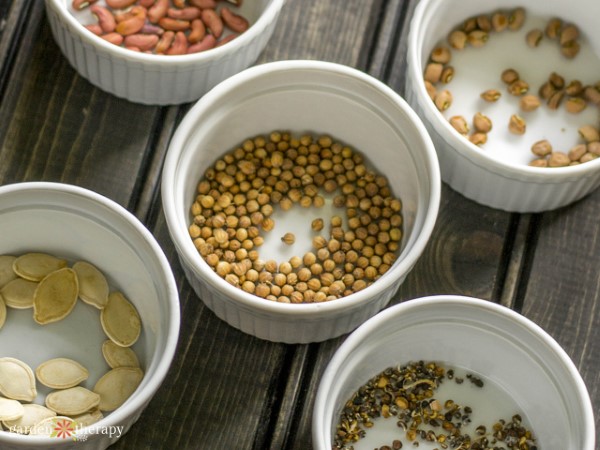
Today, I’m sharing some excerpts from my ebook Get Growing! Expert Seed Starting for the DIY Gardener. Be sure to check it out for the full guide and everything you need to know, from sowing to thinning to transplanting your seeds.
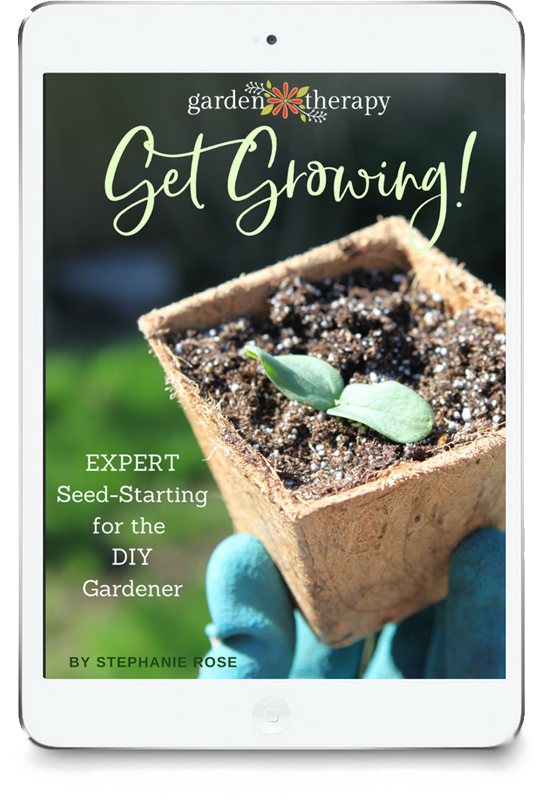
Choose Your Seeds
Combing through seed catalogues and seed websites can be a fun adventure if done properly, but if you don’t prepare, you may end up with more than your garden (and you) can handle.
It is important to first think about what kind of plants you want (Flowers? Herbs? Vegetables?). Is it warm enough to grow watermelons in your garden or cool enough to grow kale? Do you really have space for three varieties of squash, or will one do?
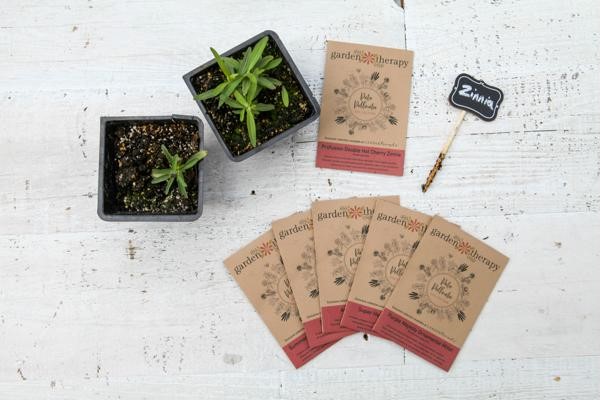
Perennial vs Annual Seeds
Starting seeds early in the season is a great way to save money on annuals like flowers, herbs, and vegetables that will flower or fruit in the first year. For beginners, annuals are typically the best garden seeds to buy.
More advanced gardeners could also start perennials from seed in many cases, but it is a more difficult and time-consuming process as perennials may need many months or even years to reach the size of a nursery plant.
Some perennials are easier to grow from seed than others, so if you want to try your hand at starting perennials from seed, be sure to read up on which ones are your best bet in this post.
It’s important to keep in mind that some plants do better than others from seed. This does not mean that what you sow has to be severely limited. There are plenty of flowers, vegetables, annuals, and perennials that will grow easily from seed and thrive. With so many options, you might even have a hard time choosing what to plant.
Of course, your unique location will have its own limits in terms of climate, so be sure to check the seed packet before you buy to see if your area fulfills the seeds’ requirements to succeed.
Only Buy Your Favourites
When buying seeds for gardening, it can be easy to buy every colourful, enticing seed packet you see. But try to stop and think about how much you will use.
The best garden seeds will be different for each person, depending on what you like to grow and where you live.
Make a list of your absolute favourites, and only sow the amount of veggies you will eat or the flowers you need to fill the beds.
This will make the growing process simpler and more fun, and you won’t find yourself overwhelmed by crops you can’t keep up with later in the season.
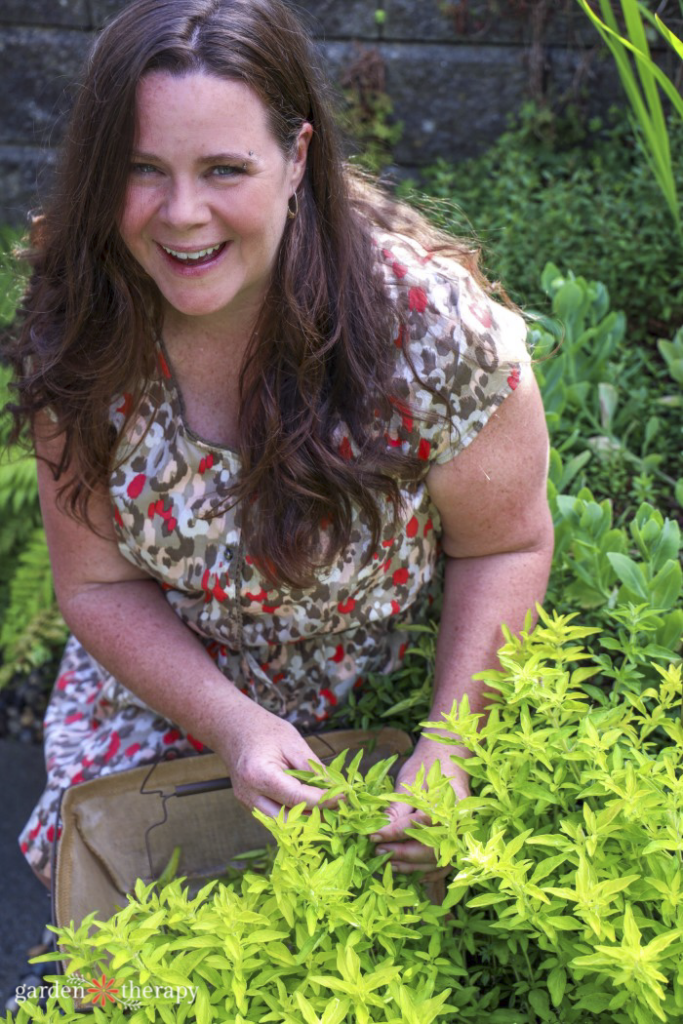
Heirloom vs Hybrid vs GMO Seeds
These are terms that can get confusing for new gardeners. And they can easily get mixed up with one another! Learning the difference between the terms heirloom, hybrid, and GMO is key. This will help you in your seed selection process and ensure you buy the best garden seeds for your preference.
I have a whole post on the difference between these types of seeds and all of their pros and cons. Check that post out here.
How to Read a Seed Packet
I can’t stress this enough. Following the instructions on the seed packet will give you the best possible start. Unless, of course, the growing directions read like the radicchio I once started, “Sow seeds a few days after a moonless night.” There is a long history of growing plants with the cycles of the moon, which you can read about in this post. But for this post, we’ll stick to using the last frost dates and the Gregorian calendar.
The majority of seed instructions will list everything you need to start seeds, like when and where to sow, planting depth and spacing, special watering requirements and the number of days to germination.
Some will list special information like germination temperatures, repeat sowing, transplanting, and thinning. Following the instructions gives you the best chance of success, so those map-hating, instruction-scoffing types out there best pack away their stubbornness for seed packets.
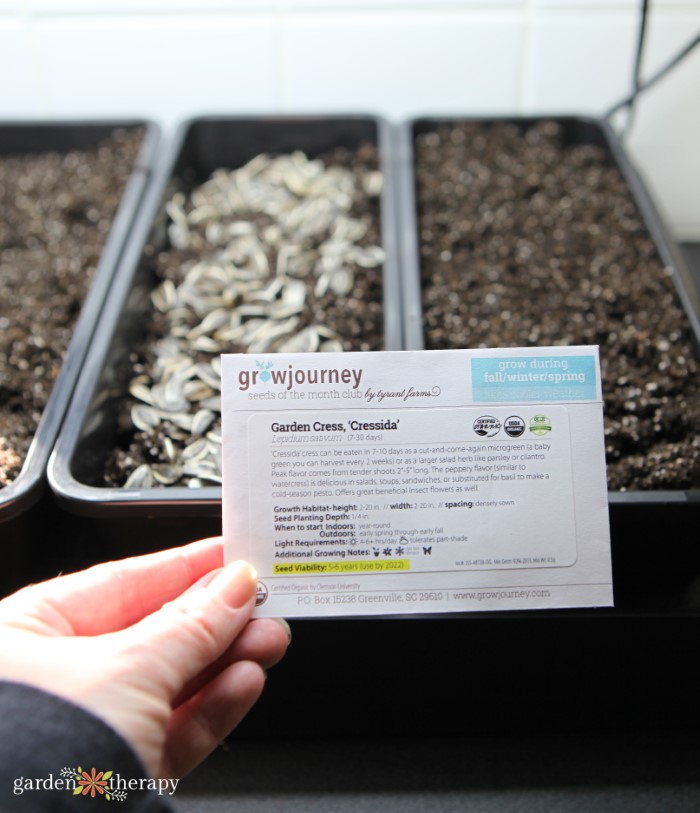
Key Seed Packet Terms
Here are some terms you might encounter on your seed packet and what they mean.
- Germination rate: the likelihood of a seed germinating, represented as a percentage.
- Plant type: answers whether the seed is a perennial, annual, or biennial.
- Seed spacing: how far apart you should ideally place each seed from one another.
- Plant spacing/spacing after thinning: how far apart the plant should be from other plants.
- Height: the height the plant will be upon maturity.
- Days to maturity: how many days from planting until the plant is ready for harvest/blooms.
- Planting depth: how deep to plant the seed.
- Days to germination/sprout: how many days you can expect to pass before the seed begins to grow.
- Bloom period: when the plant will be flowering.

Determining Your Growing Conditions
Before you can plant or even buy your seeds, you should have a fair grasp of your growing conditions. Each plant has specific needs to germinate and grow, so you need to make sure your garden can meet those needs if you want to grow a specific plant.
Timing
On the seed packet, it will usually tell you when to plant your seeds based on frost dates. Finding your average frost date for your area is crucial. To do this, you can use the calculator from the Farmer’s Almanac.
You can then use this date to count forwards or backwards or know when to begin certain seeds indoors.
I also encourage you to try and implement succession planting. By carefully timing when to start seeds, you can extend your harvest and space it out.
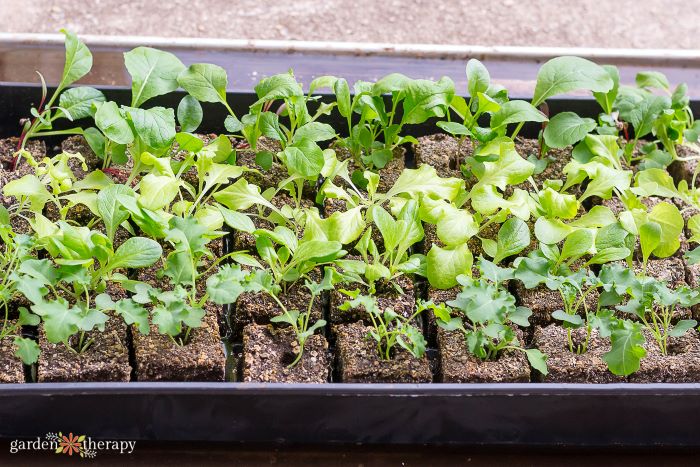
Lighting
All plants will have specific lighting requirements, which are listed on the seed packet. These are usually described as full sun, partial sun, partial shade, or shade. Before buying seeds for gardening, ensure your garden has the right amount of sunlight (check out this post for how to measure the sunlight in your backyard).
Seeds will also need a specific amount of light when germinating. Seeds with a low planting depth that only have a thin layer of soil overtop will require lots of light to germinate. Likewise, those planted deeper in the soil will require less light.
Sunny windowsills or grow lights are a must for starting seeds indoors.
Temperature
Some seeds require certain soil temperatures to germinate. A heating mat can help achieve this supplemental heat indoors for certain plants like peppers or tomatoes. Others, like carrots or radishes, prefer the temperature of the outdoor soil.
For more on soil temperature, check out this post.
Soil
Most plants prefer well-draining soil, but not all do! Your seed packet may provide some information on the type of soil or location the plants prefer. If not, do a little research beforehand for the plant’s soil needs.
For seed starting, you want potting soil with sterile ingredients that won’t promote fungal or bacterial growth. You can find my go-to seed-starting potting soil recipe here.
Moisture
Some plants are considered drought tolerant and do better in areas that won’t receive supplemental watering or hot climates. Others prefer lots of water, doing best in places close to the house where they will receive extra water or areas that receive enough rainfall.
When selecting your seeds, consider your garden’s moisture conditions and how much extra watering you want to do.

Best Places to Buy Seeds
If you’re like me, you get giddy when the seed catalogues arrive in the mail. It feels like Christmas is coming, and you can’t help but circle all the best garden seeds you want.
But for most people getting started, the first step is finding a reputable sources for buying seeds online. My favourites for Canada include West Coast Seeds and Richters.
Avoid buying seeds online from across borders or anything that could be invasive to your area. When in doubt, don’t buy the seeds. The local garden centre will always carry good-quality and safe seeds.
Also, see if there is a little seed library in your neighbourhood! Some libraries even offer seeds as well. Because who could say no to free seeds?
FAQ About Buying Seeds for Gardening
Is it better to buy seeds online or in person?
Either is a fine option. When buying seeds online, you get a wider range of seeds available. You can find many varieties and rare plants that you couldn’t get at the garden centre. You do have to double-check and perhaps do some extra research to ensure the seeds will germinate and grow in your area.
How do I choose the right kind of seeds?
The most important factor when buying seeds for gardening is ensuring your garden has the right growing requirements for the plant. Look at the seed packet for its sunlight, water, soil, and space requirements. If your garden matches, then the seeds are good to go.
The other main aspect you want to look at is gardening zones. This will give you a quick indicator of whether or not the plant can handle the temperatures in your gardening zone.
What’s the best way to store seeds?
Seeds should be stored in airtight packaging and then labelled with the plant name and variety, where you grew it, and the date. This information will be very helpful when you decide where to plant it the following year.
Keep the seeds in an area where they won’t get damp and at a relatively stable temperature. They should be in a cool, dry place. Most seeds are good for two years. After, their germination rate decreases with every additional year in storage.
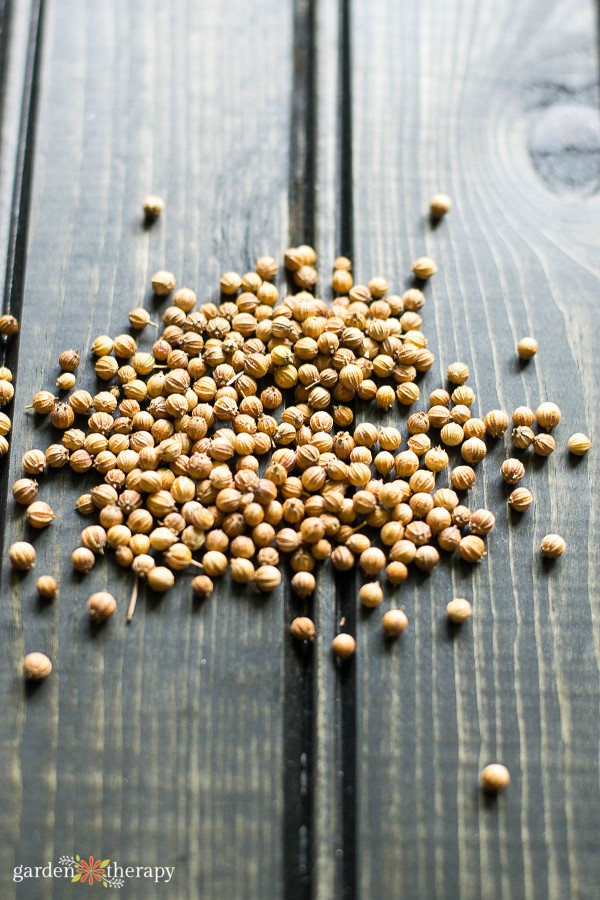
More Seed-Starting Resources
This is just the beginning of all the seed-starting info I have to share. Check out these posts for more information about the next steps in growing plants from seed.


